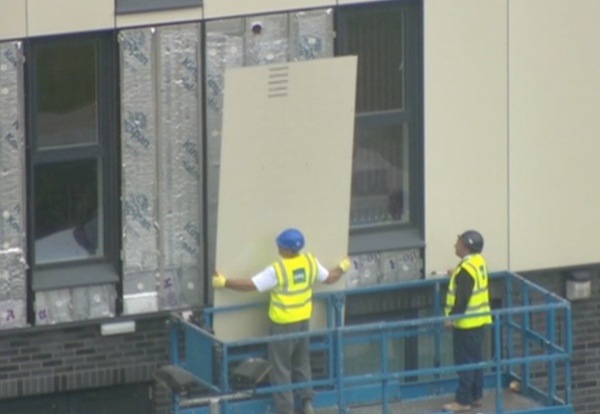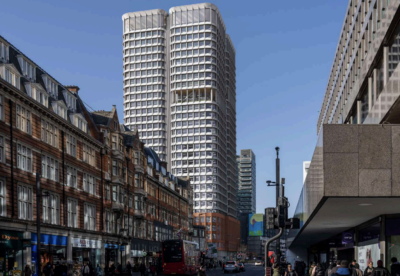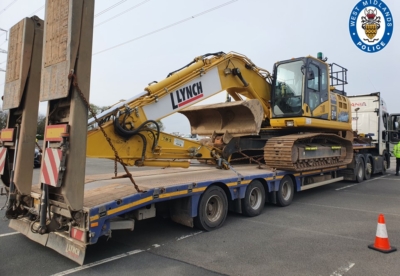The government has set aside £5bn for cladding remediation works but this falls woefully short of the £50bn estimate Colmore Tang Construction believes is needed to make every high-rise housing development compliant.
The firm, which set up a specialist cladding arm at the start of this year, has priced remedial projects on over 20 typical developments in Leeds, Liverpool, Manchester.
It found the average cost of these works to be around £4.65m for buildings above 18m and £2m for buildings between 11m and 18m, which they claim is fair reflection of typical costs across the country.
According to Government figures around 5,000 buildings over 18m require an EWS1 certificate and may require remedial works, while around 35,000 11-18m buildings also fall into this category.
According to Colmore Tang’s pricing, which reflects their first-hand remedial works pricing experiance, this would bring the total to around £25bn for buildings over 18m and £70bn for buildings between 11m and 18m.
Given the paucity of information generally available and taking an optimistic view, they have reduced the theoretical total of £95bn by around half for safe measure, arriving at almost £50bn + VAT as a realistic upper sum.
There has been mounting pressure from MPs to reassess the size of the Building Safety Fund, with the Housing, Communities and Local Government committee claiming the full cost of remedial works could be closer to £15bn.
The firm warns that some professionals have submitted budgets that are as much as three to four times below the real cost of the works.
It said that a developer in Birmingham submitted a bid for £3m despite the full project being worth closer to £10m, and claims it is a phenomenon being repeated across the country.
Steve Underwood, Chief Operating Officer of Colmore Tang, said: “The bottom line is that the true cost of remedial works has been severely underestimated and meaningful progress won’t be made until politicians and industry professionals develop a clearer understanding of funding and logistical challenges at hand here.
“Our estimates are not plucked out of thin air but are based upon real life scenarios which we see day in, day out. There’s a stark difference between costing a project and actually executing it, which largely explains this discrepancy.
“We’re seeing developers and surveyors quoting budgets that are nowhere near where they should be and we’re sleep walking into a scenario in which that only becomes apparent half way through the remedial works. That’s bad news for everyone.
“Suggestions that by simply re-tendering schemes we can reduce costs to original figures are patently unrealistic and quite frankly, dangerous.
“The race to the bottom approach to costing produced the poor workmanship, material standards and quality control which led to the cladding crisis in the first place and we are in danger of things spiralling out of control if we don’t buck up our ideas,” he warned.

.gif)












.gif)







































 (300 x 250 px).jpg)


